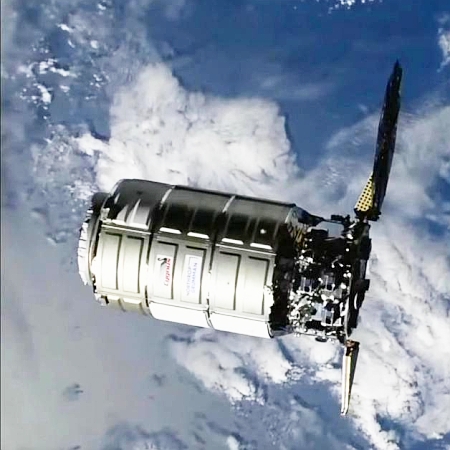November 11, 2022 Quick space links
Courtesy of BtB’s stringer Jay.
- ABL to attempt first orbital launch of its RS1 rocket on November 15 from Alaska
The rocket appears in many ways comparable to Astra’s now abandoned Rocket-3.3, very mobile and compact and designed to be shipped easily in shipping containers and trucks. However, it can lift significantly more mass to orbit, making it more competitive and profitable.
- An update on the Cosmos 1408 debris from Russia’s anti-satellite test in 2021
It appears that within three years only 18 pieces will remain in orbit, which is generally very good news.
- ULA finally has two BE-4 engines installed on its first Vulcan rocket
The link merely shows a picture of the rocket with the two engines. A lot must still happen before that first launch.
Courtesy of BtB’s stringer Jay.
- ABL to attempt first orbital launch of its RS1 rocket on November 15 from Alaska
The rocket appears in many ways comparable to Astra’s now abandoned Rocket-3.3, very mobile and compact and designed to be shipped easily in shipping containers and trucks. However, it can lift significantly more mass to orbit, making it more competitive and profitable.
- An update on the Cosmos 1408 debris from Russia’s anti-satellite test in 2021
It appears that within three years only 18 pieces will remain in orbit, which is generally very good news.
- ULA finally has two BE-4 engines installed on its first Vulcan rocket
The link merely shows a picture of the rocket with the two engines. A lot must still happen before that first launch.

